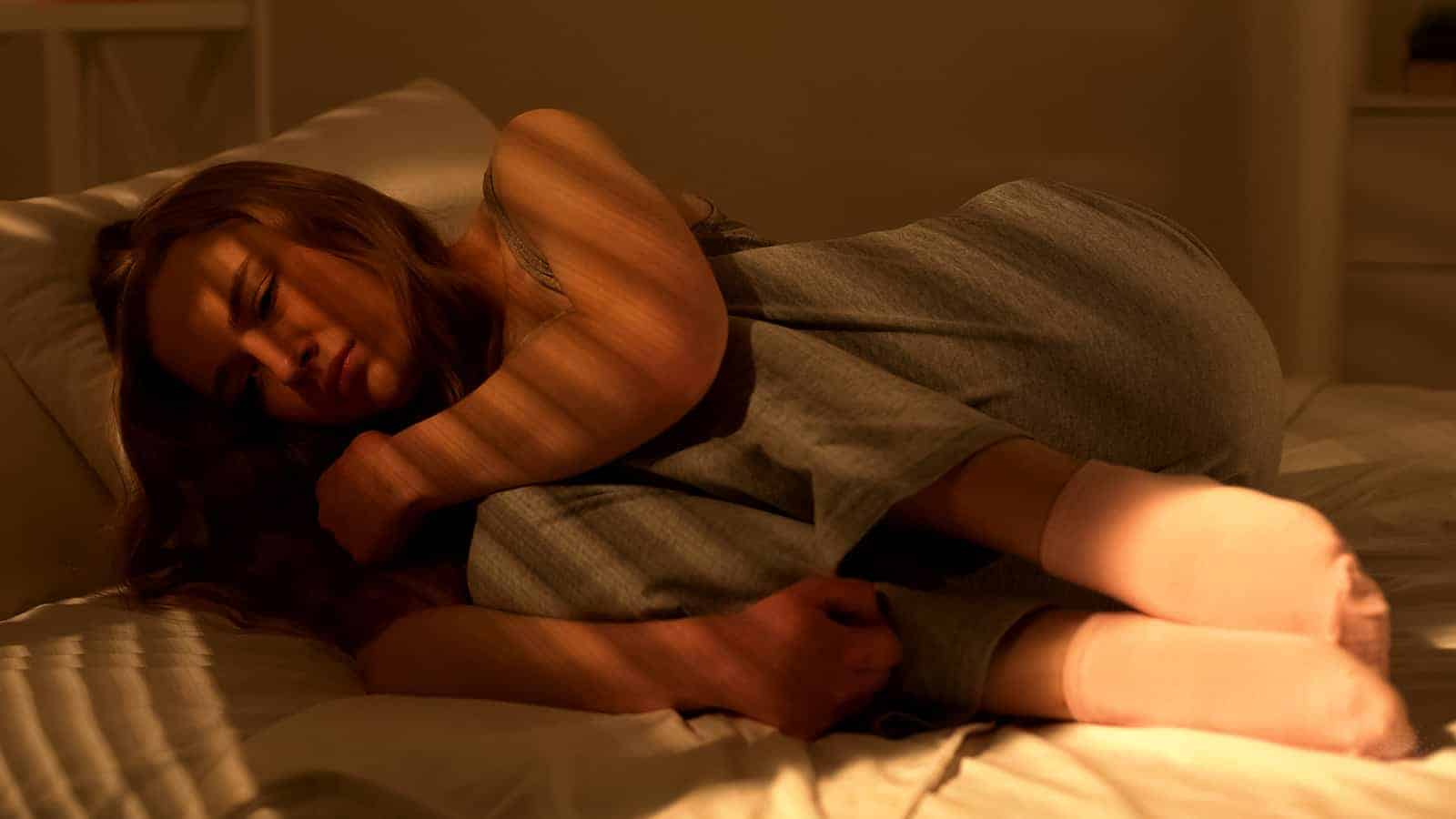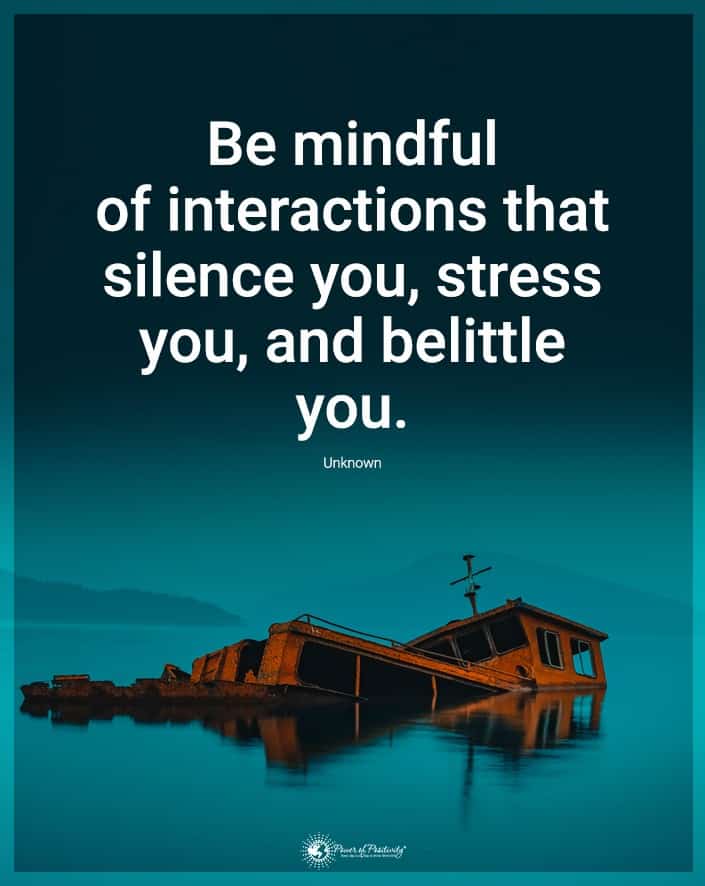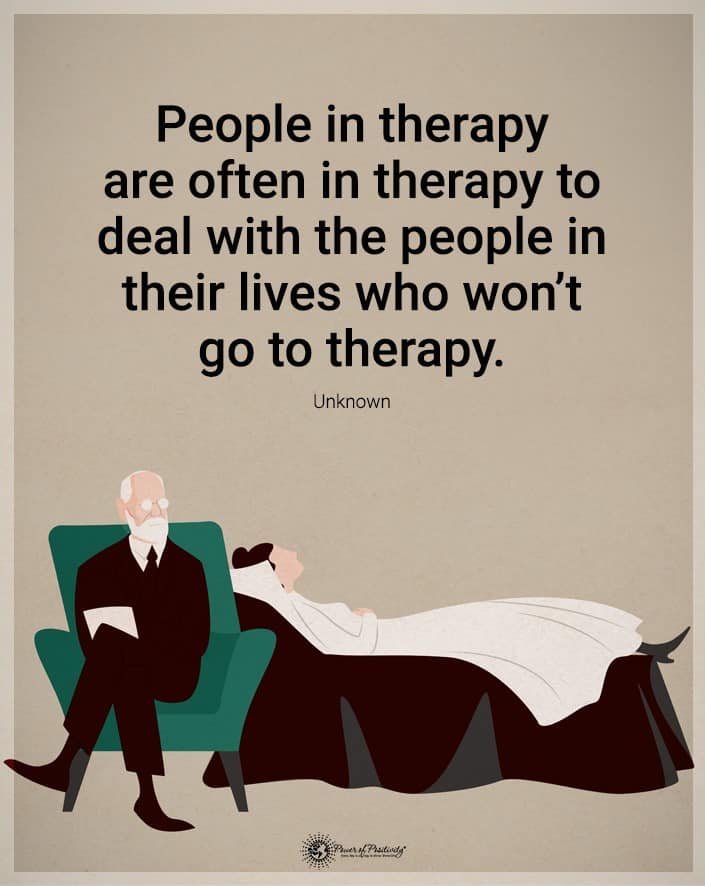Anxiety is an unfortunately common occurrence among many in the 21st century. Indeed, life is fast-paced and each person has so many responsibilities to pay attention to. It’s tough to stay on top of everything without letting the stress of it all get to you. That strain can take its toll – especially if you already struggle with knowing how to release anxiety.
It’s tempting to want to squash anxiety down by ignoring it or fighting your feelings. But these methods are often counterproductive. Anxiety needs to be relieved and let out, not further repressed and compressed. In fact, doing the latter can worsen anxiety. So how you manage it best? Here are four ways to release anxiety without fighting yourself.
1. Find A Creative Method Of Expression
Creativity is a great way to release anxiety without fighting your emotions and impulses. In fact, creative methods allow you to be completely uninhibited when you express yourself. You can put all your intense, complex, and complicated emotions into this kind of work. So pour your heart into creative ventures! Here are some ways to do so:
· Use Art
Art is an incredible way to express yourself. Creative visual arts have a positive effect on anxiety that art therapy is an effective way to manage it, reducing stress and teaching stress management. You can use art to let out all your intense emotions, whether through painting and drawing, or you can even use other forms of art, like music.
· Write
Writing down how you feel helps you to express those emotions healthily. Journaling is an excellent way to help reduce stress levels and manage anxiety. You can write down all that you think and feel and then throw it away to symbolize tossing out your worries – or you can keep what you write and reflect on it later! Either way, it’s a healthy and creative method of expression.
· Color
A lot of people think of coloring as a more childish activity, but it is anything but! It’s a great way to utilize the benefits of art even if you aren’t particularly artistically inclined, and studies have found that it’s a fantastic method for stress relief. There’s a reason adult coloring books have gotten so popular. After all – they work!
2. Focus On Organization
Being organized seems like an odd way to release anxiety. However, it can be the most effective method if your anxiety has to do with schedules, work, and responsibilities. Watching your life fall into place through organization dissipates anxiety quickly. Additionally, you can watch yourself become less stressed out the better you get at organizing. Here are some tips for focusing on organization to release anxiety:
· Make Time For What You Love
Even if you have a scheduled list of things to do, it’s probably that you haven’t scheduled your own leisure time, too. Activities that you love can boost your positive thinking and offer anxiety-relieving effects, letting you relax and de-stress. Make sure your organized to-do list includes your hobbies, or even just some “me time” to rest!
· Say “No” To Too Many Commitments
Commitments can pop up left and right, and if you have trouble saying “no” to people, they can quickly pile up to overwhelming levels. It would help if you learned to say “no” to commitments that will fill your plate up till it overflows. The more commitments you have, the more exhausted and anxious you’ll get. Determine where your limits are and stick by them to be more selective about what responsibilities you accept.
· Declutter Effectively
You can lose a lot of time in your day to having many things piled up around you, as it takes longer for you to locate things. And, of course, physical clutter often leads to mental clutter, which can manifest in anxiety. Need tips on decluttering? Pick one place to start – a specific drawer, a box of things, or even the closet.
Then, one by one, categorize the items within into these four categories:
- 1) things you use regularly
- 2) things to discard
- 3) things to sell
- 4) things to give away.
· Check Your To-Do Lists
To-do lists can give you a proper idea of how much you’re trying to do at once. Seeing it all out on a piece of paper can show you if your goals are realistic. You can’t squeeze an entire day of tasks into an afternoon, for example. Please keep track of what you have to do and organize it in a way that is reasonable for your abilities.
· Fight Procrastination
Procrastination pretty much always leads to stress and anxiety, but stopping the habit isn’t as simple as it sounds. It’s important to understand where procrastination stems from – feelings of being overwhelmed, tiredness, or a poorly organized system of tasks, for example. Examining the source of your procrastination will help you fight it, and once you tackle procrastination, your anxiety will diminish, according to research.
3. Do Some Deep Breathing Exercises
It’s relatively common knowledge that breathing exercises are used for anxiety relief. Still, the idea of simply “breathing” to achieve a more positive state of mind can seem far-fetched and even a little insulting when you’re dealing with a lot of anxiety.
But trust us when we say that using breathing exercises well can help to reduce fight-vs-flight responses, calming your sympathetic nervous system, and reducing physical symptoms of anxiety like high blood pressure, pulse acceleration, and quickened breathing. When you use these exercises, you’re able to trigger the relaxation response in your body through the parasympathetic nervous system.
There are many kinds of breathing exercises with their instructions for performing them, such as paced respiration, diaphragmatic breathing, belly breathing, and more. But ultimately, all these exercises bring awareness to your breath and let your body regulate respiration until you feel more at peace. Here are some steps for a simple breathing exercise with belly breathing!
How To Do Deep Breathing
- Step 1: Start by sitting down in a quiet and comfortable place. Close your eyes and focus on your breathing, inhaling and exhaling in a non-controlled, natural manner. You should try to breathe through your nostrils if you can!
- Step 2: Focus on how your breath feels and the sensation that comes with its entrance and existing through your nostrils. Put a hand on your chest and another hand on your stomach.
- Step 3: Take a deep breath for four counts, still paying attention to the sensation. Hold the breath in for three counts. Then exhale throughout four more counts. Take note of how the hand on your stomach goes inwards as you breathe in and goes outwards as you breathe out.
- Step 4: Concentrate entirely on your breathing and allow your mind to stop focusing on anything else at all. Your brain will likely be quite busy at first, and sometimes the act of performing the exercise can bring your attention to just how busy it is! Don’t worry about them.
- Step 5: Instead of following your busy thoughts, watch them go by. Do not follow any of them – stay focused on your breathing and grounded in the present.
- Step 6: Keep doing steps 3 to 5 for as long as it takes for your mind to begin to calm down and settle. Once your brain has settled, you can come out feeling less anxious.
- Step 7: Repeat the whole exercise when you need a little de-stressing, and try to implement this practice into your everyday life on a regular and habitual basis.
4. Connect With Others
Anxiety can make you want to withdraw, but that’s the last thing that you should do if you’re trying to manage that emotion! It would be best if you were around others to release anxiety by counteracting it with positive social input. Connecting to others can bring you a surprising amount of peace, and it’s a method that you shouldn’t discount.
Here are some tips for connecting with others to release anxiety:
· Spend Time With Others
Social support can be a significant aid in managing anxiety. The people who care about you – and even just a group of good people – can help give you a calming sense of belonging. Plus, it releases oxytocin, which is a feel-good love hormone. Positive thinking from this kind of social interaction can reduce levels of anxiety and depression, even among introverts.
· Cuddle or Hug Someone
Physical interactions with others are even better than simply spending time around them! The act of hugging, cuddling, or kissing someone brings down blood pressure, reduces stress and stress hormones, and sends out even more of that love hormone, oxytocin. Studies show that this can happen to such an extreme extent that you’ll get sick less often if you interact with people in this physical manner – so the effects go beyond anxiety-busting.
· Ask For Help
Many people have a sense of pride that makes it difficult for them to request help from others. But the people who care about you want to support you and will be happy to help you when you’re in need. Reaching out to those around you can help you to release anxiety through the relieving of some burden on your shoulders. If you don’t have people in your life that you can request help from, try connecting with support groups and similar organizations.
· Engage In Intimacy
Bedroom activities are a surprisingly effective way to release anxiety in a positive way. Satisfying intimacy with someone you trust can help bring down stress levels, so enjoy yourself with those you love!
· Relax With A Pet
If you’re not feeling up to direct interaction with people, try connecting with a pet instead. Spending time with a pet and playing with them releases oxytocin, too, and pets have an excellent way of providing purpose, activity, and companionship in anxiety-relieving ways, say studies.
Final Thoughts On Some Ways To Release Anxiety Without Fighting Yourself
It’s okay to feel anxious now and then, but ultimately you need to have healthy coping mechanisms for anxiety to avoid its worst effects. Learning to release tension in positive ways without fighting yourself is a great way to do that. If you’re struggling a lot with anxiety, reach out to a mental health professional for advice.

















 Community
Community

